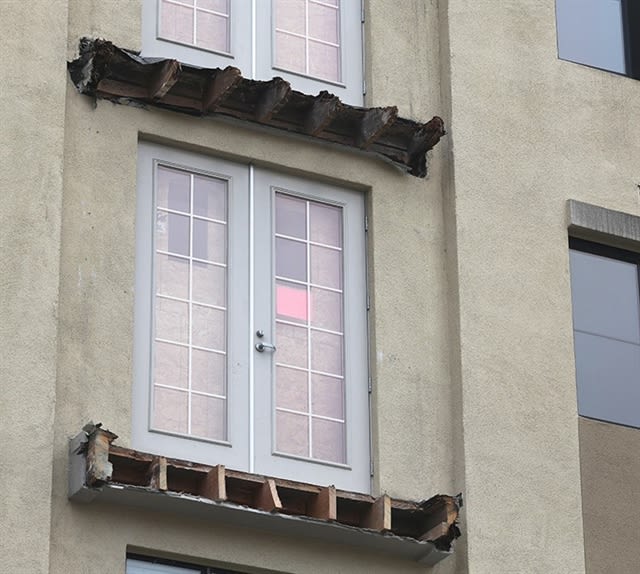Andrew63411
Mechanical
- Jul 30, 2024
- 7
Hello everyone. I have a 800,000 gal storage tank that has experienced significant external corrosion for about 30 ft of the circumference (soil build up on tank, poor housekeeping).
I have also found that the floor to shell weld has started to corrode for a wider range of 61ft give or take with minor external corrosion of the shell for the bottom 3in in those areas. I have suggested replacing all 61ft of shell as well as the bottom (24in in from tank shell and weld to old floor) at this location to ensure all areas are covered. However, I am getting a lot of pushback from my management that the duration is fairly long due to cleaning/welding etc. and the tank is critical in the process. (hasn't been empty in 30+years to my knowledge).
Can i just replace the 30ft of bad corrosion (shell+floor) 2ft up and then grind out the weld for the remaining and lay down a new bead?
Any other suggestions on code section to look at?
Another issue since we haven't emptied the tank in forever is no one knows what the bottom will look like (bottom plates) My interpretation is if we need to replace the bottom fully, the shell needs to be slotted and the shell need to come back under the shell to allow a double sided fillet weld of proper size to be welded. We cant just overlay and do a full penetration weld to the inside of the shell?
The other option we have is to just repair the bottom if its not bad by using welded on patch plates.
Any advice appreciated. tank dimensions are 55ftx46ft high with a fixed dome roof and lap welded bottom.
I have also found that the floor to shell weld has started to corrode for a wider range of 61ft give or take with minor external corrosion of the shell for the bottom 3in in those areas. I have suggested replacing all 61ft of shell as well as the bottom (24in in from tank shell and weld to old floor) at this location to ensure all areas are covered. However, I am getting a lot of pushback from my management that the duration is fairly long due to cleaning/welding etc. and the tank is critical in the process. (hasn't been empty in 30+years to my knowledge).
Can i just replace the 30ft of bad corrosion (shell+floor) 2ft up and then grind out the weld for the remaining and lay down a new bead?
Any other suggestions on code section to look at?
Another issue since we haven't emptied the tank in forever is no one knows what the bottom will look like (bottom plates) My interpretation is if we need to replace the bottom fully, the shell needs to be slotted and the shell need to come back under the shell to allow a double sided fillet weld of proper size to be welded. We cant just overlay and do a full penetration weld to the inside of the shell?
The other option we have is to just repair the bottom if its not bad by using welded on patch plates.
Any advice appreciated. tank dimensions are 55ftx46ft high with a fixed dome roof and lap welded bottom.




